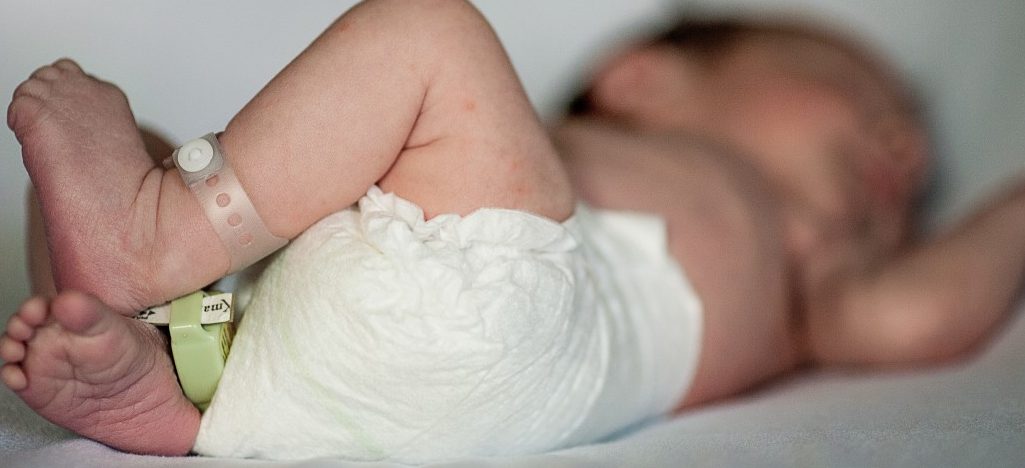Why Do Babies Cry? — Continued

When you’re racking your brains to figure out “Why is my baby crying?” you can glean clues from your child’s eyes, researchers report.
The researchers videotaped and analyzed a baby who had just had a pin prick from a vaccination, to assess the sound of pain. To record an angry cry, the team pinned down the babies’ hands and feet so they felt trapped — and rightly irate. To provoke fear, the team made a loud sudden sound near the baby.
The videotapes enabled them to pin down the differences in the infant’s response. An angry baby tends to keep her eyes half-closed, gazing off to the side. Her cries get steadily louder.
A frightened baby will hesitate, tense up in her face, and then explode into a cry, with her eyes open and searching.
After a needle prick, babies cry out immediately with their eyes squeezed shut, keeping the same volume for the whole crying bout.
Why do babies cry in their sleep?
Infants fuss sometimes while making the transition from light to deep sleep. In light sleep, your baby’s eyes close completely, but his eyelids flutter and his breathing is a bit irregular. He may startle, twitch, and even grin or continue to suck at your breast.
In babies, the initial light sleep lasts as long as 20 minutes. In deeper sleep, your baby is motionless and breathes more deeply and regularly. When that transition happens after you’ve put him down, you don’t want to interrupt it by scooping him back up. The cry will fade in a couple of minutes.
If the crying escalates, you need to decide if he needs food or a new diaper. Don’t speak loudly or put on bright lights. You want to encourage him to go back to sleep.
Updated:
October 30, 2023
Reviewed By:
Janet O’Dell, RN